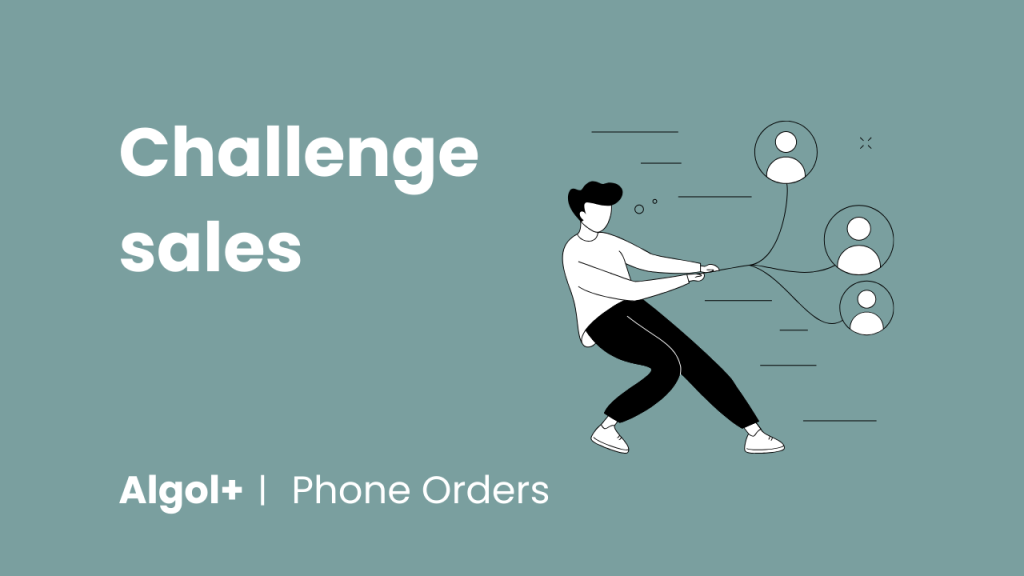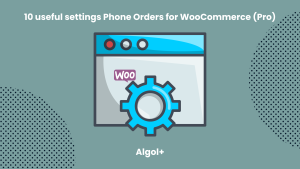5 Phone Orders Strategies You Should Try
Table of Contents
Do you want to conduct telephone sales of goods and services even more effectively? In this article, we will talk about the 5 Phone Orders Strategies You Should Try.
What you need to know before starting to take orders by phone
If you are just starting to create a call center, then you will most likely need a system to measure its effectiveness (KPI). Each business creates indicators for its own area. Here are some possible indicators and recommendations:
- Average Wait Time is an indicator that displays the average amount of time that customers spend waiting for a response from an operator or receiving a service. It can be designed for different types of service such as phone calls, email, online chats, etc.
- Average Handle Time is the time an operator spends talking with a client. Agents must be efficient in their work to reduce call time without compromising the quality of service.
- The Customer Retention Rate is an indicator that allows you to estimate how many customers will continue to use a company’s product or service after their first purchase. It is expressed as a percentage and is calculated as the ratio of the number of regular customers to the total number of customers for a certain period of time. The higher the customer retention rate, the more likely it is that customers will continue to use the company’s product or service and recommend it to other people.
- The Customer Satisfaction Score is a metric that measures the level of customer satisfaction after interacting with an agent. The goal of a call center is to maximize customer satisfaction rates to improve the company’s image and increase customer loyalty.
You don’t have to implement all the metrics into your system. Focus on those that align with your business goals.
5 Phone Orders Strategies

Standard scheme
Let’s take a step-by-step look at the technology of how to sell over the phone correctly and effectively.
Establishing contact
At the first stage, you need to greet the client, introduce yourself, name the company and ask if the person is comfortable communicating at the moment. Then you can move on to creating interest, for example, with words about a personal discount or a limited offer of a product.
Identification of needs
If the company has experience in communicating with the client, then at the second stage the needs are clarified. For example, if a client requires professional filming equipment, then you need to clarify what equipment the client needs, how much, and so on.
Presentation
If the needs and the proposed product match each other, you can move on to the presentation. It is necessary to name the main properties and benefits of the product for the client. At the same time, we must not forget about the parameters that are important for the consumer. They were identified at the previous stage. When starting a presentation, you cannot talk about unnecessary things, since there is a risk of being left without a buyer.
Work with objections
If the client is completely dissatisfied with the product or call, you need to listen to him and offer compromise solutions. If a person wants to complete the communication, then you cannot aggressively continue the sale. By ignoring objections, there is a risk of losing this representative of the target audience forever.
Completion of transaction
The manager records the results of communication and arranges a repeat call, or redirects the client to the next stage of the sales funnel.

SPIN sales
The SPIN approach is based on the fact that the seller collects as much information as possible from the client and presents the product based on the needs and goals of the consumer. The operator sells the product to the client in 5 stages:
- Awareness of the need;
- Comparison of options;
- Elimination of doubts;
- Decision-making;
- Make a deal.

SNAP sales
SNAP sales are a methodology that aims to put the seller on the same level as the consumer. This telephone sales technique consists of the following sequential steps:
- The client gives permission to start communication, and the seller provides him with the necessary information and does not focus on advertising;
- The consumer determines the vector of dialogue development;
- The client chooses a product that interests him;

Conceptual sales
This is the name given to sales of large, complex systems. The technology is based on a conceptual understanding of the need for a product.
The basic principles of this telephone selling technique are as follows:
- a concept, not a product;
- simultaneous development of 2 processes: sale and purchase;
- rejection of a universal approach;
- saving the results of communication and finalizing the script.

Challenge sales
This telesales technique is based on convincing the customer to buy the product. It is usually used in the B2B sector and consists of the following steps:
- introduction to a new product;
- demonstration of effectiveness;
- approach to the transaction after interest has been formed.
Secret techniques to improve customer service
What else can you do to keep your customers happy?
- Reduce the average time customers spend in line. Queue optimization consists of many factors. This is a significant task that should be paid attention to, starting with the opening of a call center. There are a number of ways to reduce average call handling time without compromising the quality of your agents’ work. Among them are the following:
- Operator training.
- Operator training.
- Ensure efficient call routing.
- Develop a robust contingency plan. Because your customers naturally expect ongoing customer support, the final step in setting up your call center is to create robust operational, backup, and system recovery plans to help the support operability of the system in case of unforeseen situations. This way, you will protect yourself from any potential risks and be able to minimize damage from network failures and call center malfunctions. Be sure to document and regularly test your emergency plans, and regularly train staff on what to do in the event of an emergency.
- Contact customers after every call to assess their satisfaction. Customer satisfaction research is necessary in any business, both b2b and b2c. Firstly, this allows you to evaluate the work of your own employees, and, secondly, to understand what exactly needs to make customers more satisfied with the company (brand).
These phone orders strategies are not a one-size-fits-all solution. You should apply them, adapting them to your business and taking into account your customer interaction policies. Only by improving your telephone strategy will you be able to achieve good customer relationships and build a full customer base.



